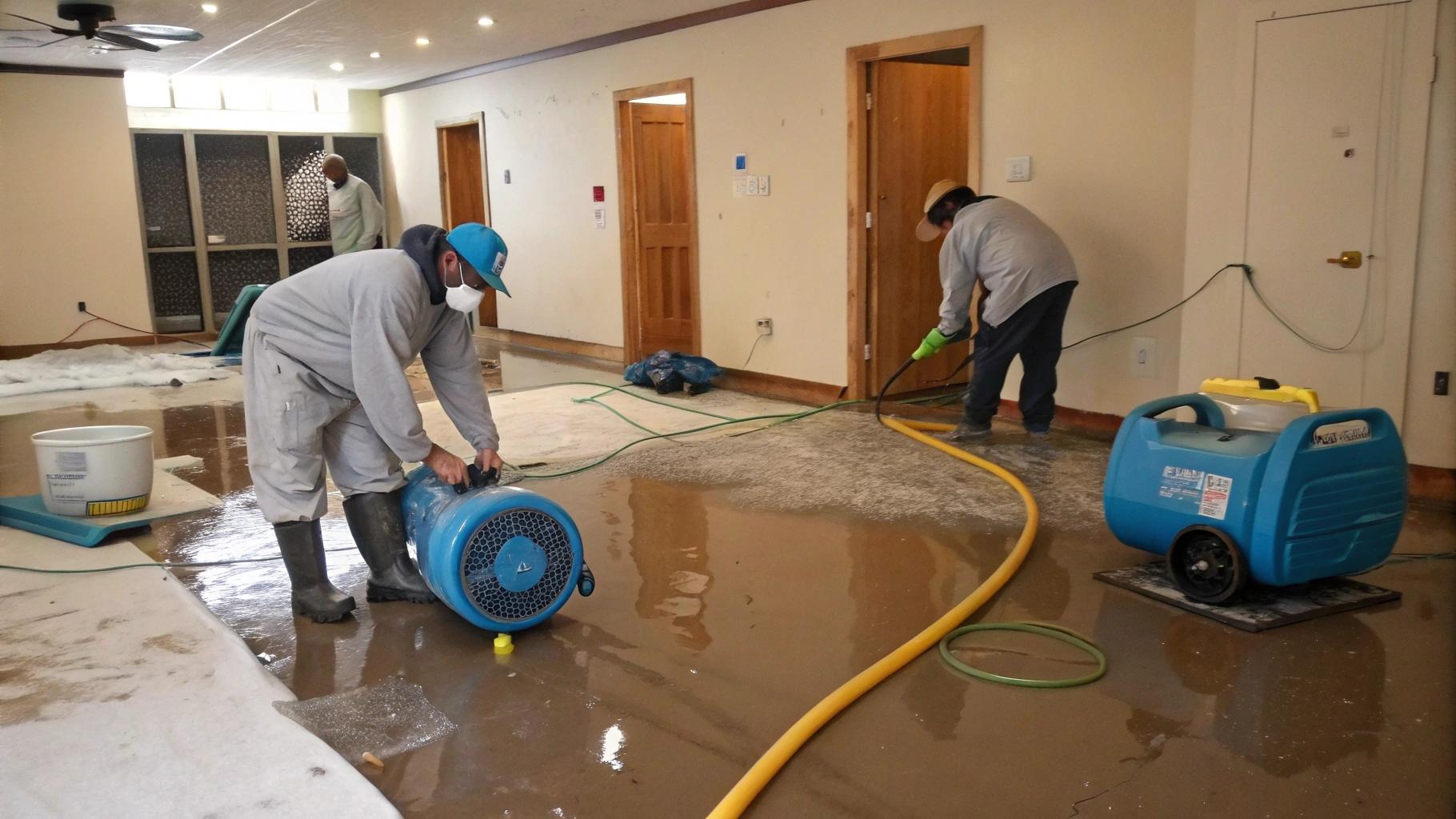What Common Mistakes Should Homeowners Avoid During DIY Water Damage Cleanup Compared to Professional Restoration?

Summary
Water damage can escalate quickly, and DIY cleanup often leads to costly mistakes. Homeowners commonly underestimate the severity of damage, delay cleanup, use improper cleaning methods, overlook electrical and structural safety, neglect mold prevention, and fail to account for long-term costs. These errors can result in hidden moisture, mold growth, warped structures, and complicated insurance claims. In contrast, professional Water cleanup and repair ensures thorough assessment, rapid response, proper drying techniques, safe handling of electrical and structural risks, and mold prevention, ultimately protecting both your home and investment.
-
Introduction
Water damage is one of the most stressful challenges a homeowner can face. From burst pipes and flooding to leaky roofs, water can wreak havoc on your property in a matter of hours. While tackling the cleanup yourself may seem like a cost-saving solution, DIY water damage restoration often comes with hidden risks. Professionals not only have the expertise but also the equipment to prevent long-term damage. In this blog, we’ll explore common mistakes homeowners make during DIY water damage cleanup and why professional restoration can save you time, money, and stress.
1. Underestimating the Severity of Water Damage
Underestimating the severity of water damage can lead to far more serious problems than most homeowners anticipate. Many assume that minor leaks or small puddles will dry on their own, but hidden moisture can seep into walls, floors, and insulation, causing structural weakening and fostering mold growth. Immediate attention is crucial, and professional water damage restoration services are often necessary to properly assess and remediate the affected areas. Delaying action not only increases repair costs but also poses health risks due to mold and bacteria. Recognizing the true impact of water damage early ensures a safer, more effective recovery of the property.
2. Delaying Cleanup Efforts
Time is critical in water damage situations. The longer water sits, the more damage it causes. Homeowners often delay cleanup because they underestimate the urgency, or they believe simple mopping and towels are sufficient.
The Risk:
-
Mold can start growing within 24-48 hours.
-
Wooden structures can warp or rot.
-
Electronics and appliances can be irreparably damaged.
Professional Advantage: Restoration companies respond quickly and use industrial-grade water extractors and air movers to dry the property efficiently, reducing the risk of secondary damage.
3. Using the Wrong Cleaning Methods
DIY cleanup often involves household cleaning products, which may be ineffective or worse, harmful against water damage. For example:
-
Using a regular vacuum instead of a wet/dry shop vacuum.
-
Scrubbing carpet or upholstery aggressively, which can spread contaminants.
-
Ignoring sanitation and disinfection, leading to bacteria or mold growth.
Professional Advantage: Experts follow IICRC standards (Institute of Inspection, Cleaning, and Restoration Certification) for cleaning, disinfecting, and deodorizing affected areas safely.
4. Neglecting Electrical and Structural Safety
One of the most dangerous aspects of water damage is the risk of electrical shock or structural failure. Many homeowners attempt cleanup without turning off the power or evaluating weakened structures.
Common DIY mistakes:
-
Plugging in electrical appliances in wet areas.
-
Walking on water-damaged floors without checking stability.
-
Ignoring ceiling or wall sagging that could collapse.
Professional Advantage: Restoration specialists are trained in safety protocols, including shutting off electricity, assessing structural integrity, and wearing protective gear.
5. Overlooking Mold Prevention
Mold growth is the silent consequence of water damage. Many homeowners think drying surfaces is enough to prevent it.
DIY pitfalls include:
-
Leaving damp carpets, drywall, or furniture in place.
-
Failing to use dehumidifiers or proper ventilation.
-
Not monitoring humidity levels during the drying process.
Professional Advantage: Professionals implement advanced drying techniques, use commercial dehumidifiers, and apply anti-microbial treatments to prevent mold from taking hold.
6. Underestimating Long-Term Costs
DIY cleanup might seem cheaper initially, but mistakes can lead to long-term problems:
-
Hidden moisture causes mold lawsuits or health issues.
-
Structural repairs are becoming more expensive over time.
-
Insurance claims being complicated due to improper mitigation.
Professional Advantage: Proper restoration reduces the risk of future damage, ensures insurance compliance, and preserves property value.
Final thoughts
Homeowners often make the mistake of assuming that all water damage can be handled with basic cleaning and household tools, overlooking the complexities involved in proper remediation. Attempting to dry out affected areas without the right equipment or neglecting hidden moisture can worsen structural issues, while failing to address contamination risks can create serious health hazards. Professional water damage restoration & sewage backups services bring specialized knowledge, industrial-grade equipment, and safety protocols that most DIY efforts lack, ensuring thorough cleanup and preventing long-term damage. Rushing the process or cutting corners can turn a manageable situation into a costly, prolonged problem.
FAQs
Q1. Can I rely on household fans and towels to dry out water damage?
A: Using basic fans and towels may remove surface moisture, but hidden dampness can persist, leading to mold and structural issues. Professional restoration ensures complete drying with specialized equipment.
Q2. Is it safe to handle contaminated water myself?
A: DIY cleanup often overlooks bacteria, viruses, and chemicals present in contaminated water. Experts in Water cleanup and repair & sewage backups follow strict safety protocols to prevent health risks.
Q3. Will delaying professional help save money?
A: Putting off professional intervention can worsen damage and increase repair costs over time. Prompt Water cleanup and repair minimize long-term expenses and structural problems.






